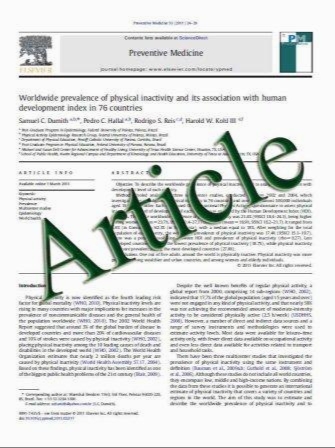Nasogastric tubes and videofluoroscopic swallowing studies in children
- نوع فایل : کتاب
- زبان : انگلیسی
- مؤلف : Mutaz Alnassar & Kamaldine Oudjhane & Jorge Davila
- چاپ و سال / کشور: 2010
Description
Background Videofluoroscopic swallowing study (VFSS) is considered to be the gold standard method in assessing the risk of aspiration. Not infrequently, children who undergo VFSS are on tube feeds. Objective To investigate the reliability of the findings of VFSS when a nasogastric tube is in place at the time of the study. Materials and methods A retrospective review of VFSS covered a 6.5-year period. This review included only patients who had studies performed both with and without a nasogastric tube in place. Ninety-two studies (46 with and 46 without a nasogastric tube) were assessed in 46 children (30 boys, 16 girls) with a mean age of 6.7 months. The VFSS checklist of findings included weak sucking, incoordination, nasopharyngeal reflux, valecular and pyriform sinus pooling, penetration, aspiration and associated cough or respiratory compromise. We compared the occurrence rates of these events between studies with and without a nasogastric tube. Results No significant statistical difference was found in the occurrence of the different swallowing events during VFSS in the two groups. The presence of a nasogastric tube does not significantly alter the association of cough; however, it shows a moderately significant (P=0.06) higher incidence of clinical respiratory compromise if aspiration does occur (8.5% of aspiration events). Conclusion The presence of a nasogastric tube does not alter the findings of VFSS; however, it might increase the incidence of respiratory compromise when aspiration is present.
Pediatr Radiol (2011) 41:317–321 DOI 10.1007/s00247-010-1834-0 Received: 20 April 2010 / Revised: 3 August 2010 / Accepted: 31 August 2010 / Published online: 5 October 2010


